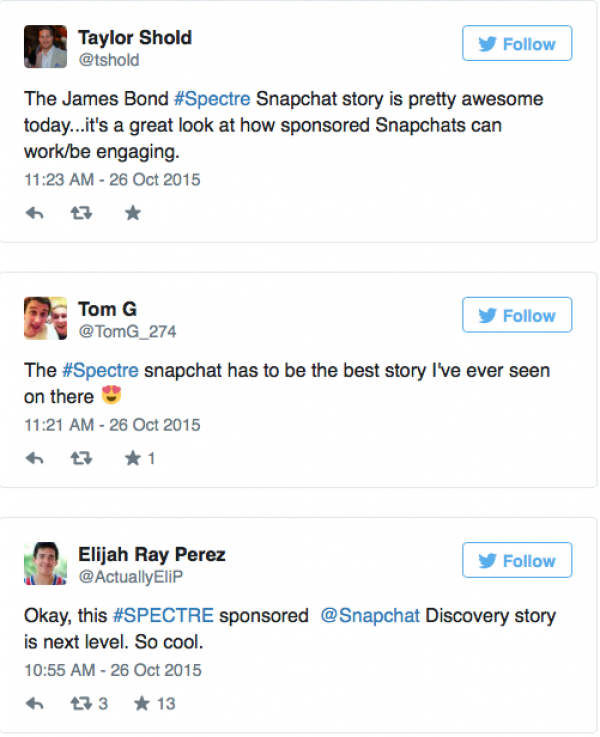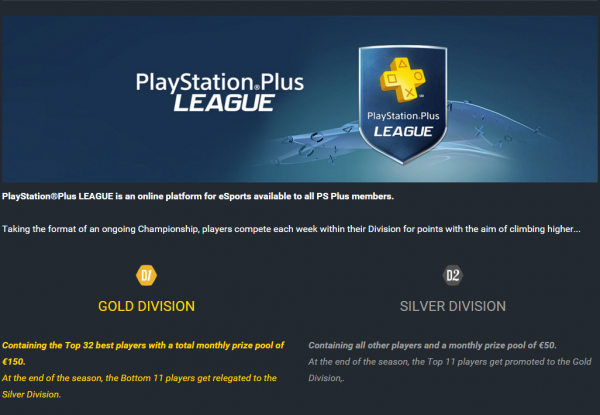With Riot Games’™ League of Legends world championship on Oct. 31 in Berlin, research firm EEDAR has released new data focusing on the growing eSports global market. Ed Zhao, business analyst at EEDAR, breaks down the latest data and explains why sponsors and brands would benefit from tapping into this global and active fan base in this exclusive interview.

Ed Zhao, EEDAR
How big is the global eSports audience today and how do you see that growing by 2020?
We peg the global eSports market at roughly 150 million annual viewers with projected growth into 205 million viewers by 2020.We see growth in the future primarily as publishers grow more savvy with creating eSports content in addition to the growth of the Shooter genre. In particular, we think entrants in the console space and the new genre of MOBA/Shooter hybrids have a lot of potential.
What did you find surprising about your new eSports research?
A lot of our findings supported previous hypothesis; primarily, how eSports viewers were generally more engaged and more likely to spend than the average gamer. Yet one of our most surprising findings actually relates to just how deeply these eSports viewers are engaged. About a third of these eSports viewers have bought in-game micro transactions related to eSports, while about 20 percent have actually purchased an event ticket. It’s an important piece along with the attention being paid to sponsors and brands.
In addition, we were surprised regarding the importance of social media driven discovery for video games. In North America, Youtube was cited more often than gaming media outlets as a source of discovery.
What has your new research revealed about the eSports audience’s live streaming habits?
The eSports audience is highly involved with a variety of streaming sites and online media. YouTube is unsurprisingly the most prolific, with upwards of 80% of users engaging with it. But Netflix is right behind with roughly 75%. The next most popular are music streaming services such as Pandora and Spotify. About 40% of eSports viewers engage through Twitch, though that number jumps a bit for MOBA viewers.
One interesting finding is how users most often stream music through smartphones while consoles and computers are used to stream video.
What opportunities does this open up for non-endemic sponsors?
We researched a large number of non-endemic sponsors and their involvement of eSports. Generally, beverage companies have been some of the first to broach this. Companies like Red Bull and Coke have led the charge by really instilling themselves within the community. Red Bull hosts their own tournaments while Coke has sponsored League of Legends viewing parties in theatres. Many of these non-endemic sponsors have really worked to make themselves a part of the community rather than simply putting up advertisements and calling it a day.
What can non-endemic brands learn from the success endemic brands have had with eSports fans?
Non-endemic brands usually have to try a little harder. eSports viewers will already gravitate to a peripheral company like Razer due to that brand’s great reputation among gamers. Razer simply has to remind the viewers about the brand and that can drive sales. In comparison, non-endemic brands have to prove they’re really a partner and not simply there for the numbers.
What are some examples of non-endemic brands succeeding in eSports?
Coke, Red Bull, and Monster have been doing very well.
What opportunities do you see television like ESPN and TBS opening up for sponsors and advertisers?
We believe this can really act as a great proof of concept for many of the larger brands. Currently, it’s only a few major brands that have really embraced eSports. It’s something like a Coke sponsoring viewing parties or Intel with their tournaments. Many of the biggest brands are still watching, but they can see the massive upside. Today, eSports doesn’t necessarily need TV to succeed but it will help to usher in greater widespread acceptance and advertisement opportunities.
What opportunities do you see for console eSports with the new push behind Call of Duty, Halo and Smite on Xbox One and PS4?
We see consoles as a potential growth opportunity, especially within the Shooter genre. One thing to note is the how most of eSport’s growth has so far been tied to F2P PC titles. Games like League of Legends and Dota 2 are able to get so big because they’re able to reach so many people. So it’s a little harder on consoles, but we think Call of Duty has a great chance. Activision’s title still makes over $1 billion a year through premium sales. That’s tens of millions of users every year. In addition, it’s really important to keep players engaged on a periodic basis. Call of Duty’s annual release schedule should help with that, allowing for a yearly reinvigoration of interest into their eSports league.



